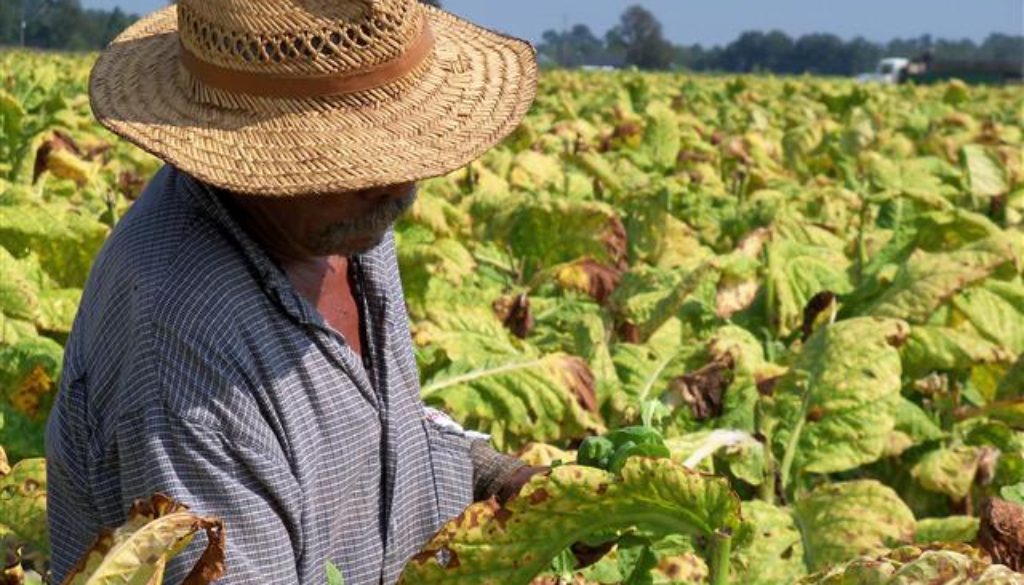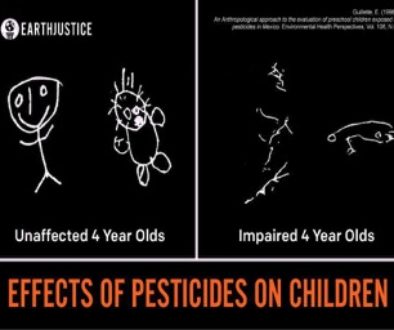Delaying Implementation of WPS Delays Justice
By Patricia Patterson, Policy Advocacy Intern
In December of 2016, Gina McCarthy—the former administrator of the United States Environmental Protection Agency, or EPA—delivered a letter to the current administration of the EPA, petitioning a delay in the implementation of the Worker Protection Standard (WPS). Prior to this petition, most of the revised WPS was scheduled to officially go into effect on January 2, 2017. This petition proposed that the EPA place the implementation date behind a full year due to violations such as failing to provide adequate educational materials regarding WPS rule changes. In February of 2017, Barbara Glenn—the Chief Executive Officer of the National Association of State Departments of Agriculture, or NASDA—urged the EPA to publish an official letter relaying their agreement to delay implementation. Glenn requested that the EPA delay WPS until “adequate enforcement guidance, educational materials, and training resources have been completed and the state lead agencies have the tools, time, and resources necessary to effectively implement the rule changes and assist the regulated community with compliance activities.” The EPA is yet to publicly release an effective date for WPS since its recent decision to grant NASDA’s petition.
The most recent revision to WPS was published in the Federal Register in November of 2015, which aimed to strengthen protections for farmworkers and their families. Since 2015, there have been hundreds of incidents of pesticide exposure that have jeopardized the health and lives of farmworkers. In February of this year near Bakersfield, California, an aerial application of a fungicide was applied to an almond farm while six workers were still in the field. This farm failed to notify and remove their workers prior to application, needlessly exposing them to a harmful pesticide. Despite the $500 fine that was issued to the employer for violating WPS, it is impossible to reverse the harmful effects caused by pesticide exposure. In addition to this, in June of this year, two pesticide exposure incidents occurred on a farm in Watsonville, California within a week of each other. Over 25 farmworkers were exposed to harmful insecticides and fungicides in two separate cases of pesticide drift that occurred in rapid succession of one another. As a result, several farmworkers were hospitalized due to severe dizziness, eye irritation, and other symptoms of illness. Violations such as the ones in Bakersfield and Watsonville further indicate an importance for effective revisions and swift enforcement of the WPS, changes that may not be implemented in time to help farmworkers currently suffering from pesticide exposure in their day-to-day lives.
A new regulation under the revised WPS aims to lessen the burden of toxics exposure by addressing the issue of children having direct contact with pesticides. The EPA has included a “first-time ever minimum age requirement,” which states, “Children under 18 are prohibited from handling pesticides.” It has long been known that the developing organ systems of children often make them more sensitive to toxic exposure. The EPA recognizes that children are more susceptible to toxics exposure, because children take in more pesticides relative to their body weight than adults. Children under 18 are at a higher risk of becoming developmentally and cognitively impaired due to pesticide exposure. The new WPS rule change would reduce the negative effects of toxics exposure on children by prohibiting them from handling pesticides. The choice to delay implementation of WPS prevents employers from enforcing safety measures such as this one, harming children who continue to handle pesticides.
By delaying implementation of the revised WPS, the EPA is allowing farmworkers to continue to be exposed to pesticides while maintaining limited regulation. While the EPA has managed to implement a couple of changes to WPS in 2017, many changes still remain unaffected. According to their website, the EPA plans to execute three major changes under WPS on January 2, 2018. These requirements under the revised WPS are listed as the following: “pesticide safety training must cover the expanded content; pesticide safety information (posters) must meet the revised standards; and handlers must suspend applications if workers or other people are in the application exclusion zone.” New regulations under the WPS such as the suspension of pesticide application while workers or others are present will help minimize the risk of pesticide exposure. Ensuring that these requirements are enacted as soon as possible is the best way to protect farmworkers and their families.



